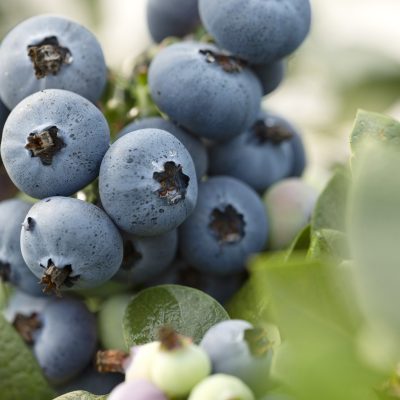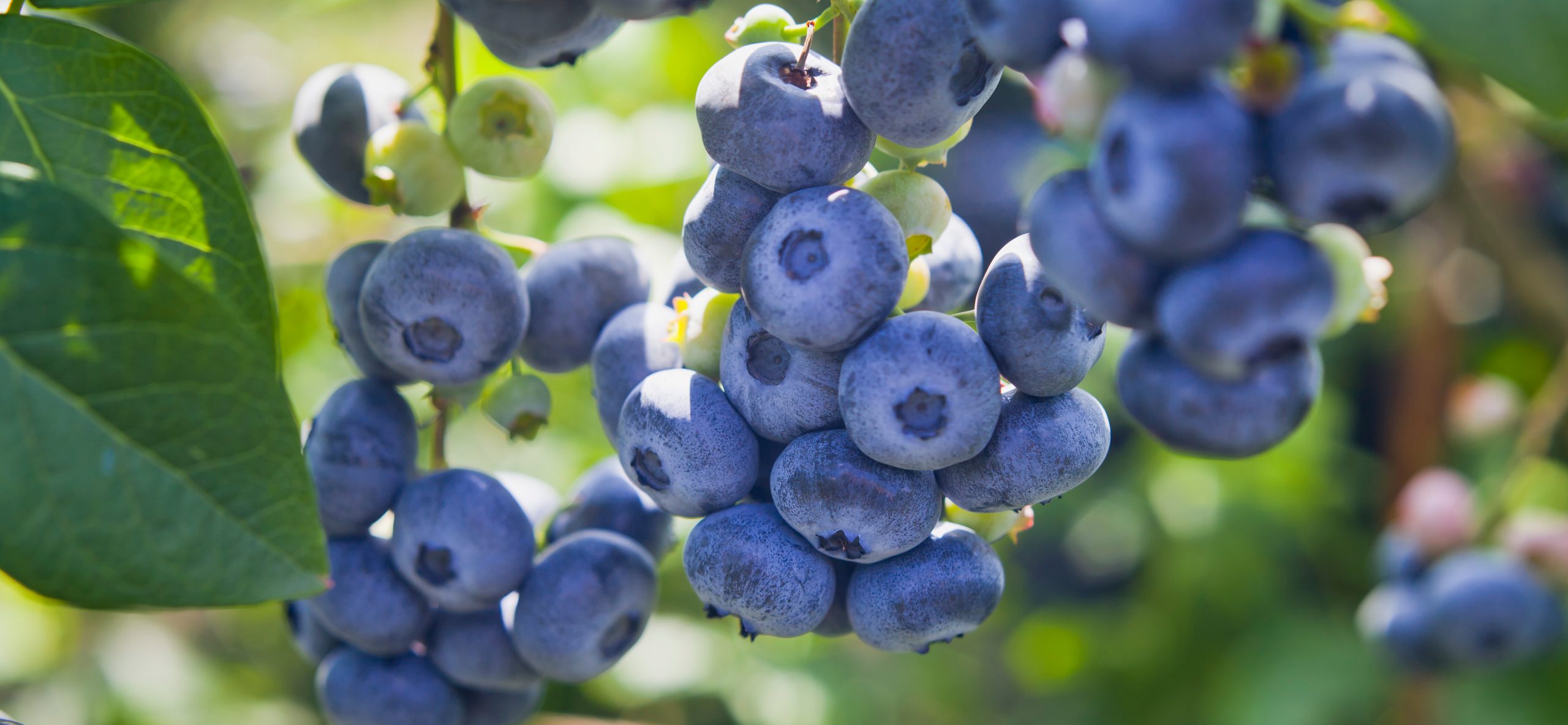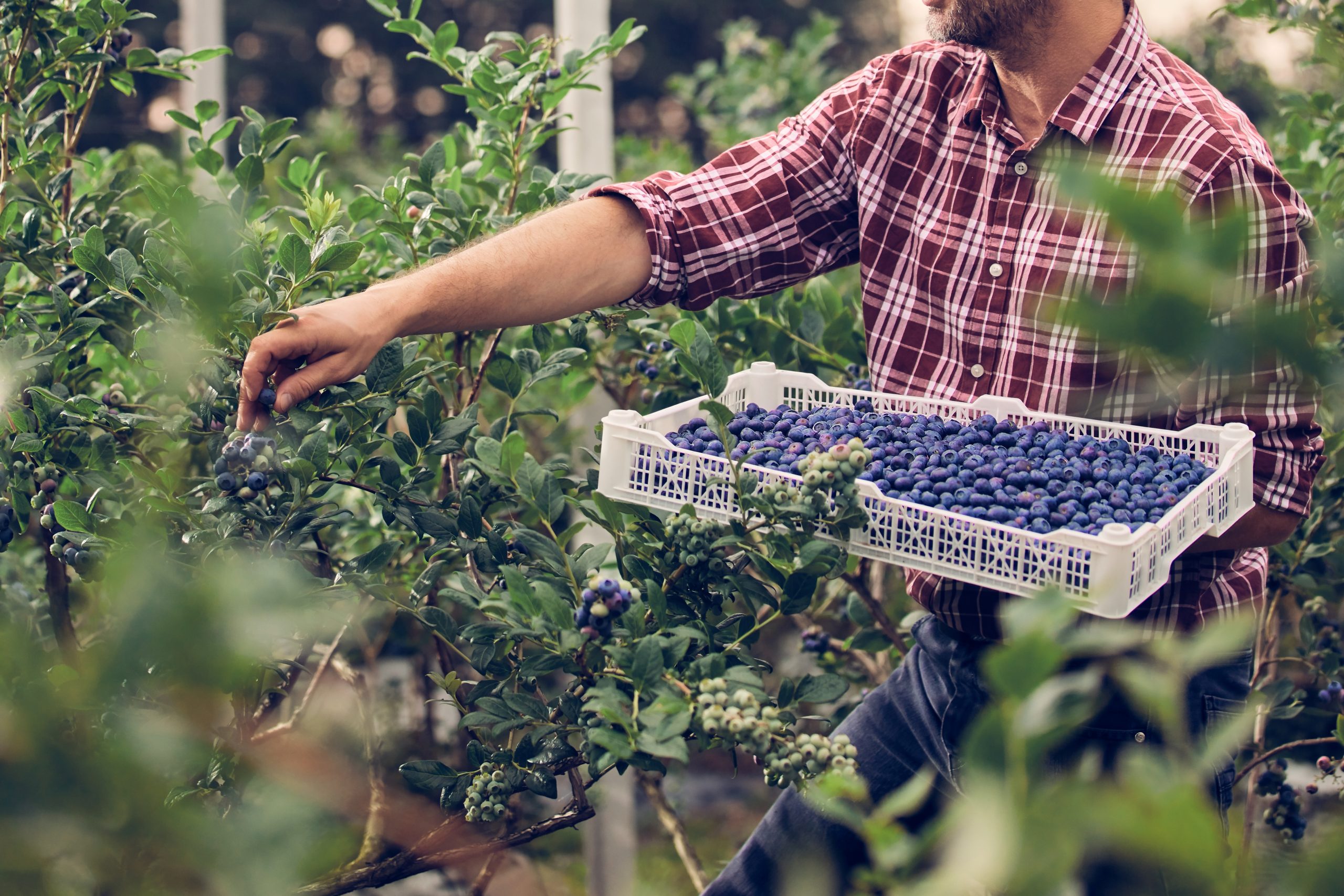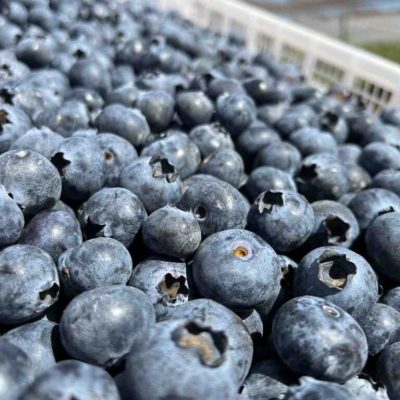High tunnels yield earlier blueberries, better frost protection
 Although the initial investment for installing high tunnels over blueberries can be steep, the protection can pay for itself with earlier fruit ripening and frost protection.
Although the initial investment for installing high tunnels over blueberries can be steep, the protection can pay for itself with earlier fruit ripening and frost protection.
Bielinski Santos, an associate professor with the University of Florida’s Institute of Food and Agricultural Sciences in Balm, tracked conditions at a commercial blueberry farm in Alachua County for two growing seasons, according to a news release.
He found that temperatures outside the tunnels plunged to freezing or near-freezing 61 times. During the same time, temperatures fell that low only three times inside the unheated tunnels. High tunnels cost between $18,000 to $25,000 per acre plus labor to install. They get their name from the thick plastic sheeting that’s stretched across an arched frame high enough for a person or tractor to cross under.
Most tunnels have roofs from 8 to 20 feet and ends and sides that can be opened or closed, depending on the weather.
In the study, blueberry bushes under the tunnel produced 4.5 tons of ripe fruit per acre by the end of March.
Fruit outside had yet to yield even one berry.
Whole prices for domestic blueberries are highest early in the season, starting at about $7 per pound in early April. They then begin to decline as production increases. The tunnels can save growers money because they don’t need freeze protection, such as sprinklers.
In the study, plants inside the tunnels needed about 10 percent the water for freeze protection as outdoor-grown plants.
The study involved two University of Florida varieties—Snow Chaser and Springhigh.
Snow Chaser is particularly suited to high tunnel production. Santos and Teresa Salame-Donoso, a research associate at Balm, have begun collecting data for an economic study of blueberries under high tunnels.






